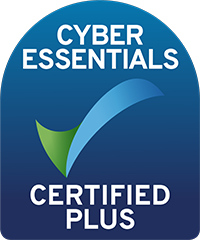Planning your profit extraction
Newsletter issue – March 2023
In his Autumn statement in November 2022 Chancellor Hunt announced cuts to the dividend allowance and the additional tax rate threshold, where individuals start to pay tax at 45%. You need to take these changes into account when planning how and when to extract profits from your company.
Many family companies spread the shareholding over various family members to take advantage of the dividend allowance which allows an individual to receive up to £2,000 of dividends tax free in a tax year.
This dividend allowance will be halved from £2,000 to £1,000 on 6 April 2023, and halved again to £500 on 6 April 2024. Anyone who receives dividends in excess of the dividend allowance needs to report that income to HMRC, so the tax due can either be deducted through their PAYE code, or by way of a self-assessment tax return.
Dividend income is treated as falling into the taxpayer‘s highest tax band where it is taxed at these rates in 2022/23:
- Basic Rate band: 8.75% (other income taxed at 20%)
- Higher rate band: 33.75% (other income tax at 40%)
- Additional rate band: 39.35% (other income taxed at 45%)
These dividend tax rates were increased on 6 April 2022, and they could be increased again in the Spring Budget in March this year.
There are other ways of extracting profit from your company, for example as rent, interest, or pension contributions. The first two methods require the shareholder to have lent property or funds to the company, so are difficult to arrange at short notice.
Pension contributions can be paid by the company on behalf of any employee or director, as long as the total remuneration package for that person is reasonable for the work they perform. Employer contributions are currently very tax efficient as they are tax deductible for the company and don‘t carry NIC.
However, you need to ensure that you don‘t exceed your pension annual allowance (generally £40,000) and lifetime allowance (frozen at £1,073,100 for the last three years). Please talk to your financial adviser before deciding whether to pay more or less into your pension fund.
The additional rate threshold is reduced from £150,000 to £125,140 on 6 April 2023, which is worth noting if your income is in this range.
Charities & Not For Profit
We have been providing charity clients with high quality, specialist advice and service for many years, and our charity clients range from small village halls to large national organisations...

Farming Industry
The largest industry sector that we deal with is farming, as you would expect in a rural practice. This means that we have developed considerable expertise in this field...














